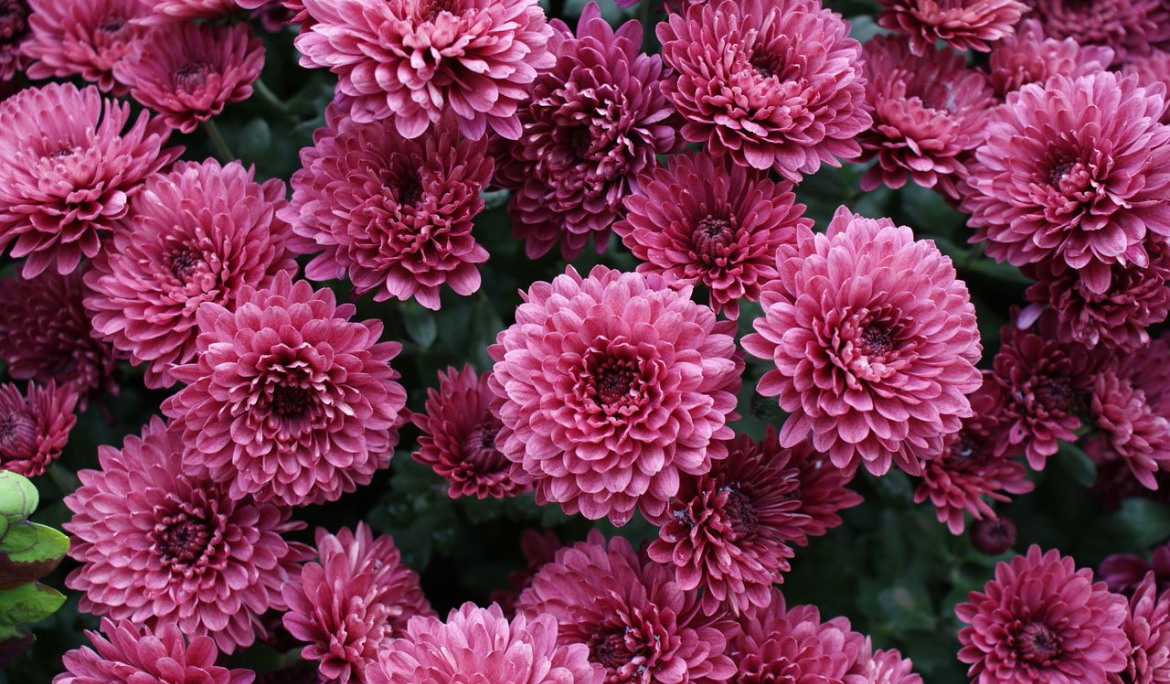Chrysanthemums, commonly known as mums, are more than just a beautiful addition to gardens or floral arrangements. These elegant flowers hold a special place in many cultures worldwide, symbolizing various meanings and serving numerous purposes.
A Bloom with a Rich History
The chrysanthemum originated in China over 2,500 years ago and was regarded as one of the four noble plants, along with bamboo, plum blossom, and orchid. In Japan, it became a symbol of the imperial family and national pride. To this day, the chrysanthemum is celebrated annually during the “Festival of Happiness” in Japan.
Diverse Meanings Across Cultures
Chrysanthemums are rich in symbolic meaning and vary depending on culture and color. Here are a few interpretations:
In Asia: In China and Japan, the chrysanthemum symbolizes long life, rejuvenation, and happiness. The flower is often associated with autumn and a time of harvest, and it is even believed to have healing properties.
In Western cultures: Chrysanthemums are commonly associated with honor, loyalty, and love. They are a popular choice for expressing emotions of joy and admiration, often gifted during happy occasions such as birthdays and celebrations.
In some European countries: These flowers are used as a symbol of death and are traditionally placed on graves during All Saints’ Day. In this context, they represent mourning, grief, and remembrance.
The Many Colors of Chrysanthemums
Chrysanthemums come in a vast array of colors, each carrying its own significance:
- Red chrysanthemums represent love and deep passion.
- Yellow chrysanthemums often symbolize joy, friendship, and optimism.
- White chrysanthemums are associated with honesty, loyalty, and pure love.
- Purple chrysanthemums convey nobility and respect.
A Versatile Flower
Chrysanthemums are widely used in various fields:
Gardening: Known for their hardiness, chrysanthemums are popular among gardeners. They bloom in late summer and fall, offering a colorful touch to any outdoor space when other flowers may have faded.
Culinary uses: In many Asian countries, chrysanthemum flowers and leaves are used in teas and dishes. The tea is believed to have medicinal benefits, such as reducing inflammation and promoting relaxation.
Home décor and floral arrangements: With their large, showy blooms and diverse colors, chrysanthemums are a favorite for bouquets and home décor, adding an elegant touch to any setting.
Growing and Caring for Chrysanthemums
Chrysanthemums are relatively easy to grow, but there are a few key factors to keep in mind for thriving blooms:
Sunlight: These flowers need plenty of sunlight, about six hours a day, to bloom to their full potential.
Soil: Well-draining soil is crucial, as waterlogged roots can lead to plant disease.
Pruning and pinching: Regular pruning ensures the plant grows bushy and produces more flowers. Pinching back the stems encourages denser growth and more blooms.
Watering: Chrysanthemums prefer consistent watering but should not be overwatered. Watering at the base of the plant helps prevent fungal diseases.
Conclusion
Chrysanthemums are much more than a beautiful flower; they carry rich historical and cultural significance, diverse meanings, and practical uses. Whether you are planting them in your garden, using them in floral arrangements, or appreciating their symbolic meaning, chrysanthemums offer beauty and inspiration in many ways. Their elegance, paired with their deep-rooted symbolism, makes them a timeless choice for any occasion.

